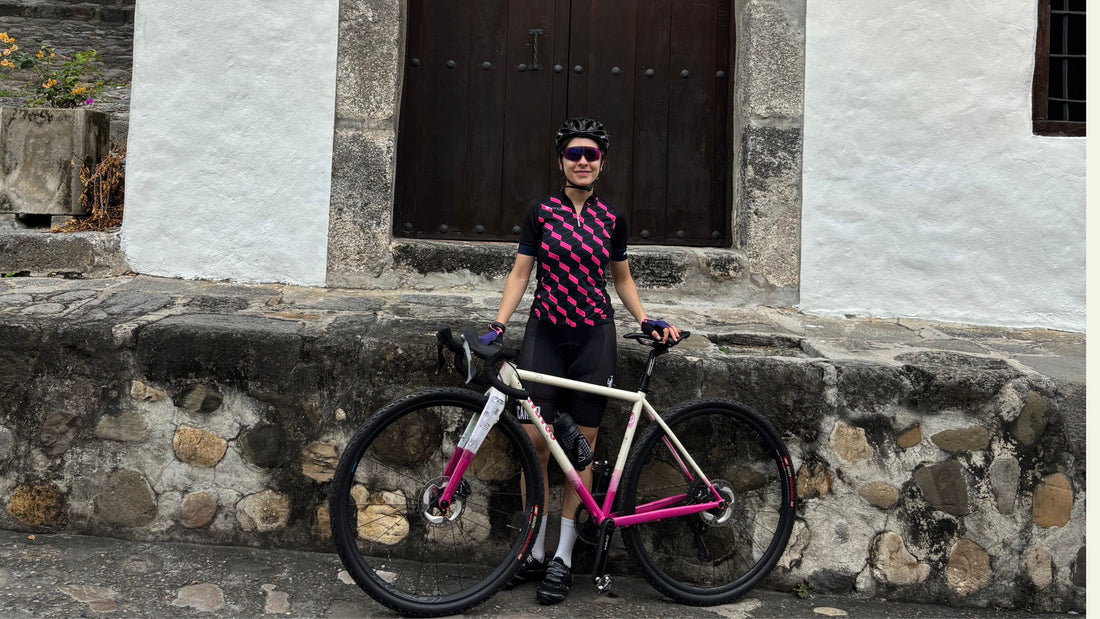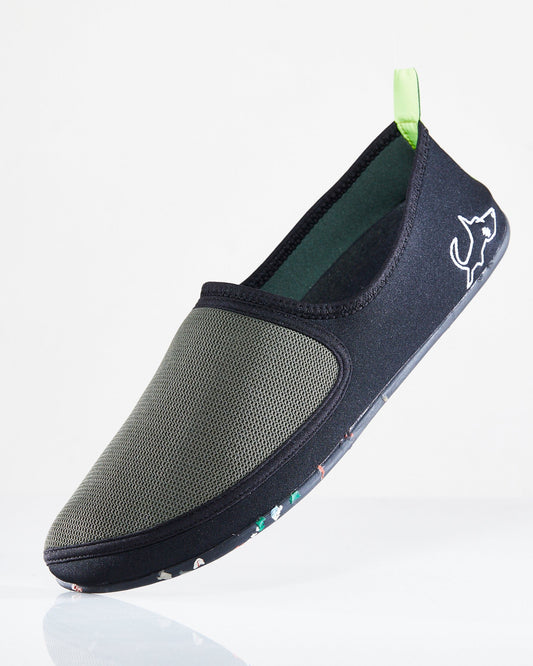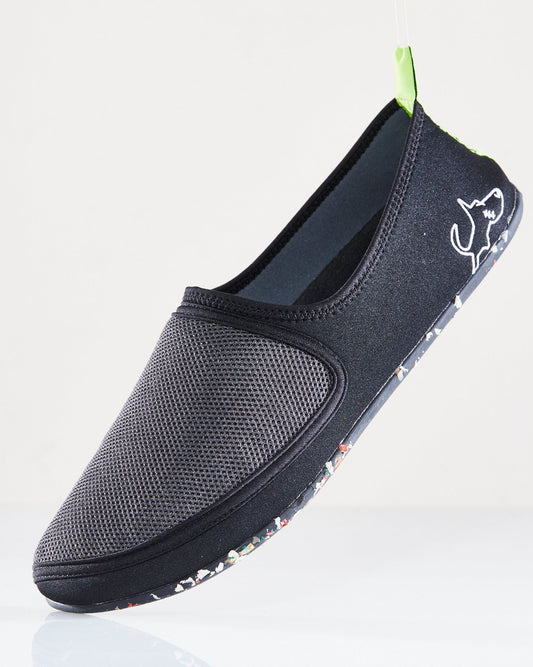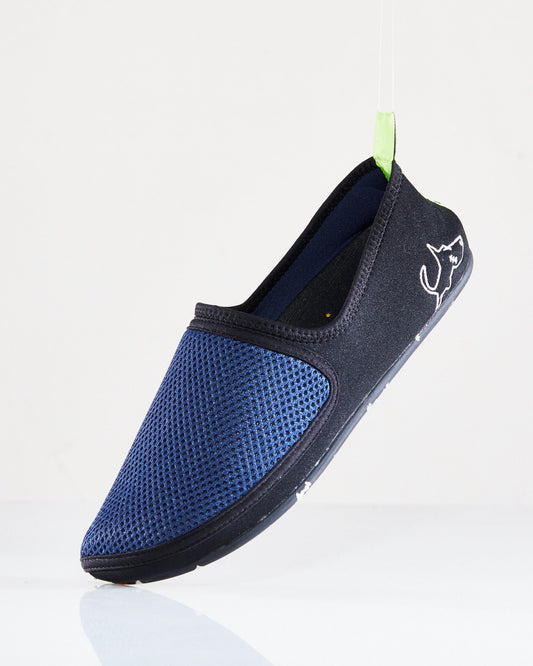
How to Manage the Fear of Cycling After an Accident
Share
I still remember the sound. That sharp screech of tires, the slam of metal against gravel, and the moment my body hit the ground. I had fallen before, it’s part of riding but this one was different. This one left a mark, not just on my skin, but deep inside my mind.
After the accident, I told myself I was fine. Physically, I healed quickly. But every time I saw a sharp corner, a downhill, or even a loose patch of dirt, my heart raced. The freedom I used to feel while cycling (that sense of flying) was replaced by tension. My shoulders would stiffen, my grip on the handlebar too tight. I wasn’t riding anymore; I was surviving.
These were the five things that helped me get over my accident and start riding again with happiness:
1. Start Small, and Remove the Pressure
After a crash, it’s tempting to jump back in too fast, to prove you’re “over it.” But I learned that the best way to rebuild confidence is to take it slow. I started with short, easy rides on familiar roads, where I didn’t have to think about traffic, steep descents, or obstacles. Each time I finished a ride without panic, I celebrated it. Confidence builds quietly, ride after ride.
2. Talk About It
For a long time, I didn’t want to admit I was scared. I thought it made me weak. But when I finally opened up to other riders, I realized almost everyone had gone through something similar. Talking about my fear helped me process it, instead of pushing it away. The truth is, fear is normal, it’s your brain’s way of protecting you.
3. Visualize Success
Before getting back on the bike, I would close my eyes and picture myself riding calmly. I imagined how the tires gripped the ground, how my body felt relaxed, how I smiled while pedaling. It might sound simple, but visualization really works. It trains your mind to replace fear with familiarity, so when you’re actually riding, it feels less threatening.
4. Focus on What You Can Control
Accidents often make us feel powerless, like anything could go wrong again. But the truth is, there’s a lot we can control. I double-checked my gear, maintained my bike more carefully, and chose routes that matched my comfort level. Each small step reminded me that I wasn’t helpless, I was prepared.
5. Find Joy Off the Bike, Too
One of the biggest lessons I learned was that my identity isn’t just “the person who rides.” During my recovery, I spent more time hiking, stretching, and simply being outdoors. Reconnecting with nature in different ways reminded me why I love this lifestyle. It helped me return to cycling with gratitude, not pressure.
Healing after a crash isn’t about forcing yourself to be brave. It’s about rebuilding trust in your body, your bike, and your love for the ride. And sometimes, that starts the moment you step off the bike. That’s why I always carry my Berts to walk, breathe, and reconnect with the freedom that brought me here in the first place.




